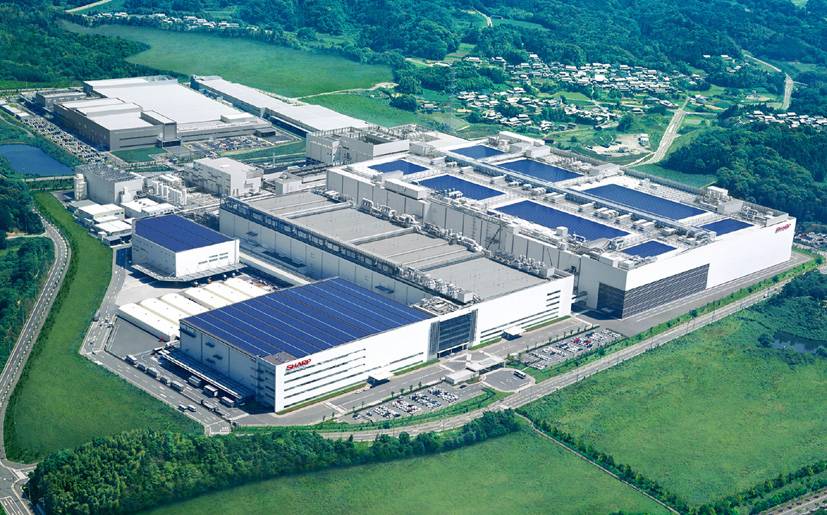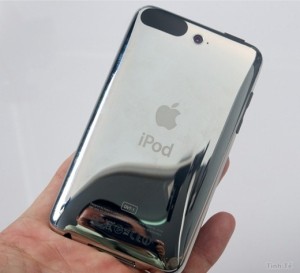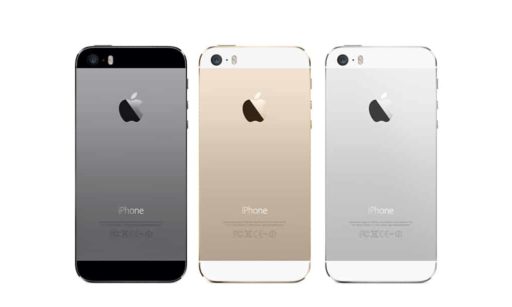Apple is diversifying the supply chain process of its component. In an attempt, recently Apple included Osaka-based liquid crystal display manufacturer Sharp as its new supplier for the next iPad and iPhone, according to The Wall Street Journal. iPad is expected to be launched in the next year though already rumor dates are flashing around in the websites. Sharp’s Kameyama No. 2 plant in central Japan will manufacture LCD panels for iPad 3. A trusted source from WSJ also reported that Sharp is one of the suppliers of the screen of iPhone 4S. Both Apple and Sharp haven’t disclosed the amount of the invested of Apple for this project though Apple typically doesn’t disclose the names of its component suppliers.
WSJ also reported:
“The person also said Apple is also investing in facilities at Sharp’s panel manufacturing factories in Japan, without specifying the amount being invested, highlighting Apple’s plans to work with multiple component makers to ensure that it can secure enough parts to make its popular iPhones and iPads. Osaka-based Sharp makes liquid crystal displays, which are widely used in tablets, smartphones and flat-screen televisions.”
Looking for a new supplier is not a surprise for Apple as one type of cold war is going on with Samsung. Samsung is the largest LCD screen suppliers in the world and also one of the main competitors for Smartphones & tablets for Apple. These two companies are suing each other in the court around the world which led to locked down of some of the patent lawsuits. Apple didn’t say anything about this specific matter about why they choose another LCD supplier. But it is obviously one of the reasons.
According to WSJ:
“This would allow Sharp to count on a more stable sales volume and would help its technology gain more attention,” said Mizuho Investors Securities analyst Nobuo Kurahashi. Mr. Kurahashi also said “it would be a stretch” to assume that Apple’s choice of display panel suppliers has been affected by its patent issues with Samsung, when cost and specific technological requirements are crucial to the products’ success.
Source: WSJ




